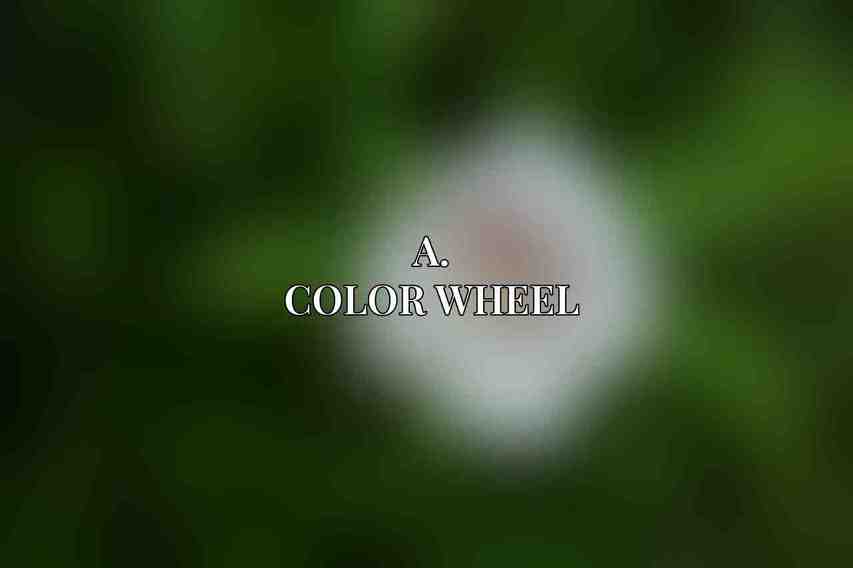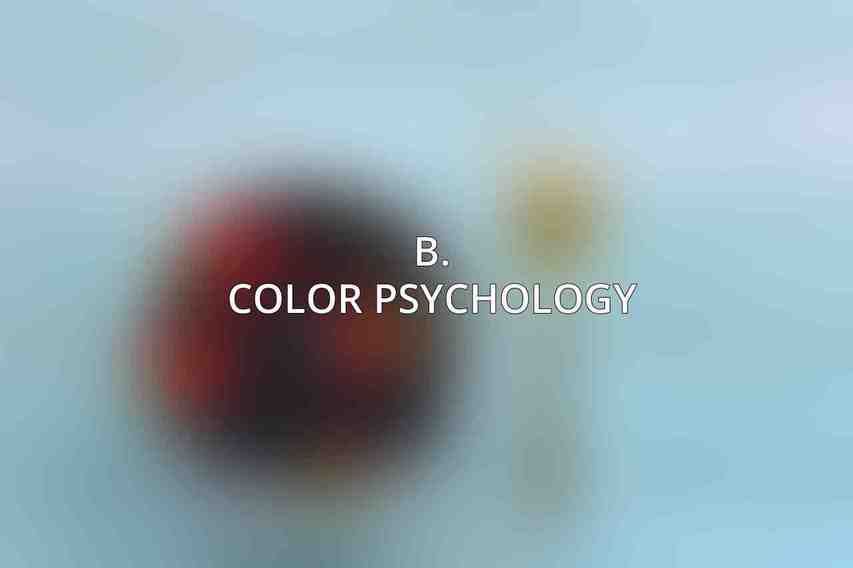Color theory is a fundamental aspect of web design that plays a crucial role in how users perceive and interact with a website. Understanding the basics of color theory is essential for developers to create visually appealing and effective designs.
| Feature | Description | ||||||||||||||||||||||||||||||||||||||||||||||||||||||||||||||||||||||||||||||||||||||||||||||||||
|---|---|---|---|---|---|---|---|---|---|---|---|---|---|---|---|---|---|---|---|---|---|---|---|---|---|---|---|---|---|---|---|---|---|---|---|---|---|---|---|---|---|---|---|---|---|---|---|---|---|---|---|---|---|---|---|---|---|---|---|---|---|---|---|---|---|---|---|---|---|---|---|---|---|---|---|---|---|---|---|---|---|---|---|---|---|---|---|---|---|---|---|---|---|---|---|---|---|---|---|
| Platform | Online learning and community platform for affiliate marketing | ||||||||||||||||||||||||||||||||||||||||||||||||||||||||||||||||||||||||||||||||||||||||||||||||||
| Focus | Web design, affiliate marketing, and entrepreneurship | ||||||||||||||||||||||||||||||||||||||||||||||||||||||||||||||||||||||||||||||||||||||||||||||||||
| Content | Over 500 lessons, 1,500+ training modules, and a vast knowledge base | ||||||||||||||||||||||||||||||||||||||||||||||||||||||||||||||||||||||||||||||||||||||||||||||||||
| Community | Active community of over 2 million members for support and collaboration | ||||||||||||||||||||||||||||||||||||||||||||||||||||||||||||||||||||||||||||||||||||||||||||||||||
| Tools | Website builder, keyword research tool, and affiliate marketing tools | ||||||||||||||||||||||||||||||||||||||||||||||||||||||||||||||||||||||||||||||||||||||||||||||||||
| Pricing | Premium membership: $49/month or $595/year | ||||||||||||||||||||||||||||||||||||||||||||||||||||||||||||||||||||||||||||||||||||||||||||||||||
| Free Trial | 7-day free trial | ||||||||||||||||||||||||||||||||||||||||||||||||||||||||||||||||||||||||||||||||||||||||||||||||||
| Affiliate Program | Earn commissions by referring new members | ||||||||||||||||||||||||||||||||||||||||||||||||||||||||||||||||||||||||||||||||||||||||||||||||||
| Website | Wealthy Affiliate | ||||||||||||||||||||||||||||||||||||||||||||||||||||||||||||||||||||||||||||||||||||||||||||||||||
| Visit Wealthy Affiliate | |||||||||||||||||||||||||||||||||||||||||||||||||||||||||||||||||||||||||||||||||||||||||||||||||||
A. Color Wheel

The color wheel is a visual representation of how colors relate to each other. It consists of:
- Primary colors: Red, Yellow, Blue
- Secondary colors: Green, Orange, Purple (created by mixing primary colors)
- Tertiary colors: Mixtures of primary and secondary colors
B. Color Psychology

Color psychology explores how different colors can evoke emotions and convey meanings to users. It includes:
- Cultural associations, such as blue representing tranquility in the West and red symbolizing prosperity in China.
- Emotional impact, where warm colors like red and orange can evoke excitement, and cool colors like blue can promote calmness.
Applying Color Theory in Web Design
Incorporating color theory principles into web design can significantly impact the overall aesthetics and functionality of a website.
A. Color Schemes
Different color schemes can be utilized to achieve various effects on a website:
- Monochromatic: Variations of a single hue for a harmonious look.
- Analogous: Colors adjacent to each other on the color wheel for a pleasing palette.
- Complementary: Colors directly opposite each other for high contrast.
- Triadic: Three colors evenly spaced around the color wheel for a vibrant composition.
B. Color Contrast
Achieving the right color contrast is vital for readability and visual appeal:
- Luminance contrast: Differences in brightness between colors.
- Chroma contrast: Differences in color saturation.
- Hue contrast: Differences in color hue.
C. Color Accessibility
Considering color accessibility is essential to ensure all users can access and navigate a website easily:
- WCAG guidelines provide standards for color combinations that are visible to users with color deficiencies.
- Tools like the Color Contrast Checker can help developers test and adjust color choices for accessibility.
Practical Tips for Developers
Developers can leverage various techniques and tools to implement color theory effectively in their web design projects.
A. Using CSS Color Functions
CSS offers different ways to define colors, including:
- Hexadecimal values (e.g.,
#FF0000for red). - RGB values (e.g.,
rgb(255, 0, 0)for red). - HSL values (e.g.,
hsl(0, 100%, 50%)for red).
B. Implementing Color Themes
Creating and applying consistent color themes can enhance brand identity and user experience:
- Developing color palettes to maintain visual coherence.
- Utilizing CSS variables to define and manage colors across a website.
C. Managing Color Variations
Addressing color variations ensures a website looks consistent across different platforms and devices:
- Setting fallback colors for browsers that do not support specific color values.
- Using media queries to adjust colors based on screen sizes and device capabilities.
Case Studies and Real-World Examples

Analyzing how successful websites apply color theory can provide valuable insights for developers looking to enhance their design skills.
A. Websites with Effective Color Theory Implementation
- Wealthy Affiliate: The use of contrasting colors creates a clear visual hierarchy, while monochromatic color schemes establish a cohesive brand identity.
- Google: Utilizes complementary colors to highlight important elements and employs muted tones for a clean and professional aesthetic.
B. Common Color Mistakes to Avoid
To ensure a website’s color scheme enhances user experience, developers should steer clear of:
- Overusing bright or saturated colors that overwhelm users.
- Neglecting color accessibility features needed for users with visual impairments.
- Choosing colors that clash with the website’s content or messaging.
mastering color theory is pivotal for developers seeking to create engaging and user-friendly websites. By understanding the principles of color psychology, applying effective color schemes, and considering accessibility requirements, developers can elevate their designs to new heights. Continuous learning and staying informed about color trends are crucial for staying ahead in the ever-evolving field of web design.
Frequently Asked Questions
What is color theory in web design?
Color theory in web design refers to the study of how colors interact with each other and how they can evoke emotions and convey messages on a website.
Why is mastering color theory important for web developers?
Mastering color theory is important for web developers because it helps them create visually appealing and effective websites that resonate with the target audience and enhance user experience.
What are some key principles of color theory in web design?
Some key principles of color theory in web design include understanding color harmony, contrast, saturation, temperature, and the psychological effects of colors on viewers.
How can developers use color theory to create accessible websites?
Developers can use color theory to create accessible websites by ensuring sufficient color contrast for text readability, using color combinations that are friendly to color-blind users, and maintaining a balance of colors throughout the website.
Are there any tools or resources available to help developers learn and apply color theory in web design?
Yes, there are various tools and resources available, such as color wheels, online color palette generators, and design blogs that provide insights and tutorials on color theory in web design.

